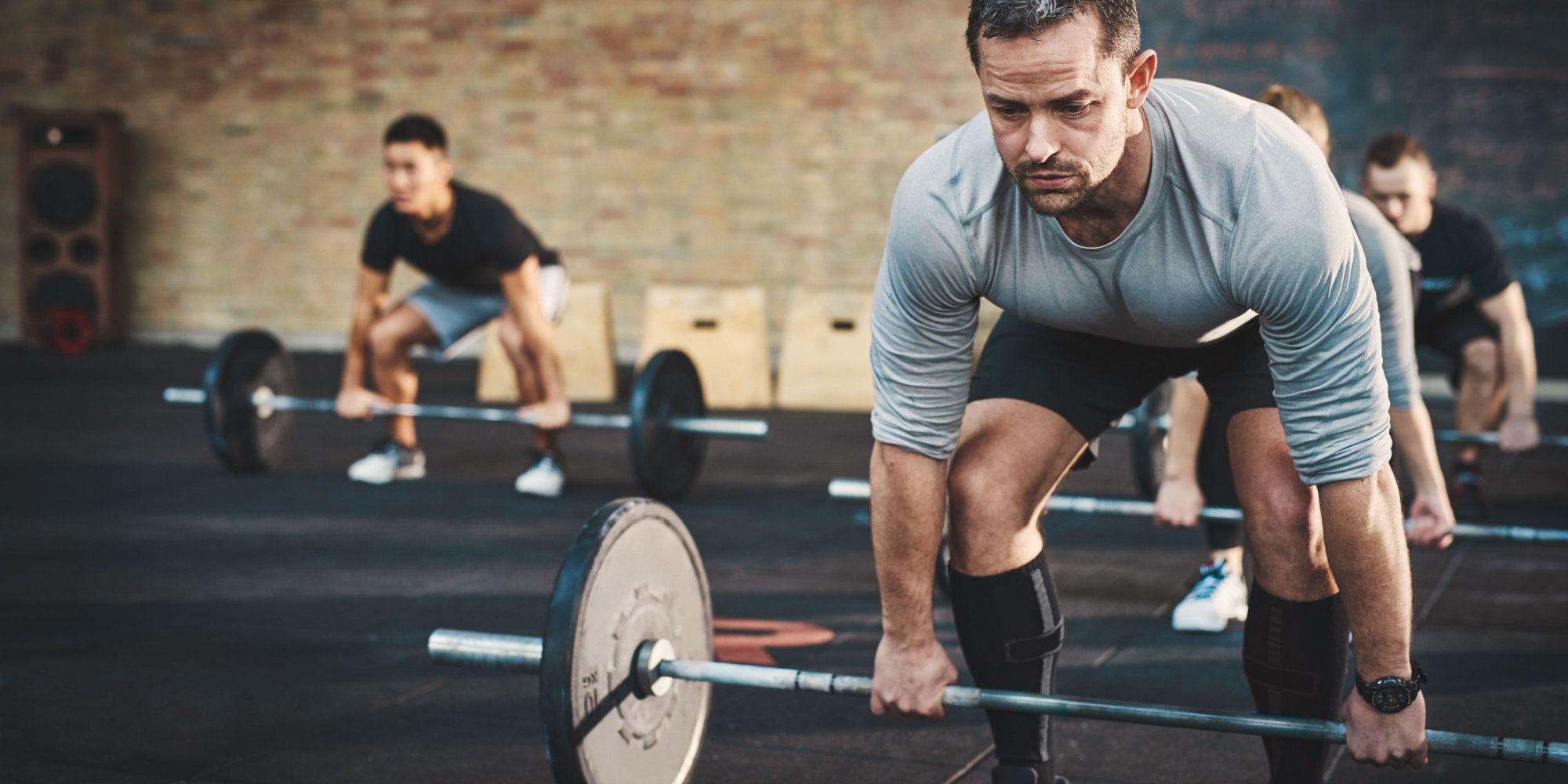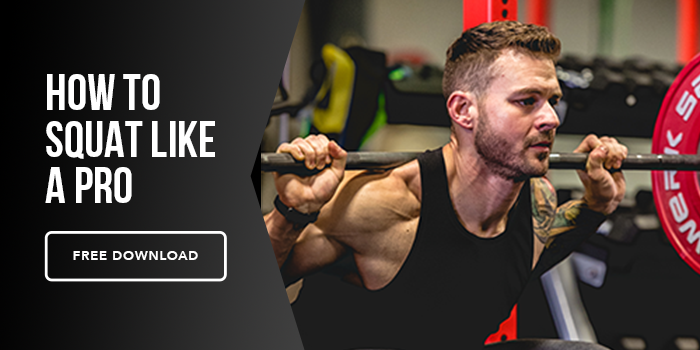If you’re new to lifting weights, I bet you’re PUMPED and ready to dive right in.
Think about how motivated people are to lose weight and work out during the New Year when they think they’re going to go from not working out at all to working out every day. I love this mindset—the desire to reform habits and become healthier versions of ourselves—but believe it or not, it can come at a cost.
We should all be encouraged to fully commit to a better way of living, but there is such a thing as doing too much, too soon—even when it comes to lifting weights.
So, where do we start?
You Start Slow
Yep, you may need to pump the brakes a bit. If you’re new to lifting weights, and you think you can start with 5 days a week in the gym, you’re terribly wrong.
I like to tell people to start with 2 days a week, or 3 max. If you do start with 3 days a week, that third workout will primarily be correctional-based, with the intensity low to moderate. My intention is to not deter you from working out, but more so to set your body up for success for long-term lifting.
Weight lifting is stressful on the body. Even though it is considered a “good” stressor, too much of it can prevent you from actually gaining muscle, or even cause you to sustain an injury. The body needs time to adapt before forcing it into stimuli that would be too much for the nervous system.
Just like with most things, there needs to be steady progression. If you’re new to skiing, you wouldn’t attempt skiing a black diamond, you’d start on the bunny slopes. Not only do you need time to better your mechanics and skill set, but you need the actual muscle to recover as well.
When we lift weights, we create micro tears in the muscle tissue–this is the stress I was referring to before. It is only during rest that muscle starts to heal, and muscle tissue regrows stronger than it was before. If you start working out every day as a novice, frankly, your body won’t be happy, you’ll just feel sore and fatigued most of the time, because your body will be struggling to recover.
Listen to your body, and start slowly. As I mentioned, if you’re feeling antsy, you can add one or two days a week of correctional and mobility work to your routine.
So What Do I Mean By Correctional?
Corrective exercise is a type of physical activity that is designed to improve your body mechanics, movement patterns, joint function, and imbalance.
Nearly everyone is imperfect when it comes to movement patterns, muscle activation, or joint mobility. Though it’s not the end of the world, when certain joints and muscles aren’t moving properly, you may not be able to lift as efficiently as you’d like, or even possibly get injured.
This is where correctional work comes in.
A lot of people–myself included–may consider correctional exercises to be dull, because they are low intensity and may not feel very exciting.
But, what is exciting, is how much better you feel after consistently incorporating correctional work into your workouts. This goes for everyday activities, and not just during lifting sessions.
To better understand what you should be focusing on, I’d recommend running through MAPS Prime Pro, which will take you through a series of assessments to help you recognize muscle and movement imbalances. From there, you are provided with a sustainable routine that you can use in conjunction with your lifting schedule.
Example Schedule
This is just an example of what a typical week should look like for someone new to lifting weights. I truly believe that whether you are trying to lose weight or gain muscle, you should still aim for 10,000 steps per day. Maintaining some activity outside the gym is just as important as your workouts.
Monday: Total Body
Tuesday: Rest
Wednesday: Total Body/Correctional
Thursday: Active Recovery (yoga, hiking, low-moderate intensity cycling)
Friday: Total Body
Saturday: Rest
Sunday: Rest or Active Recovery
For a more detailed work out program, I highly recommend MAPS Starter for those just getting started with lifting weights.






